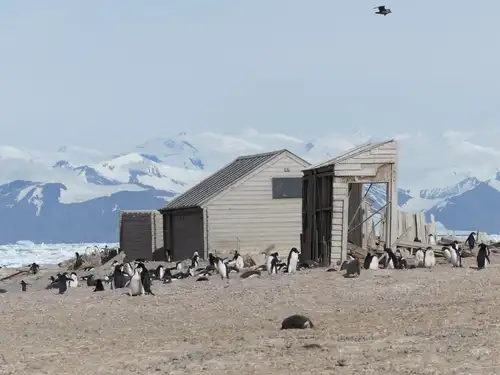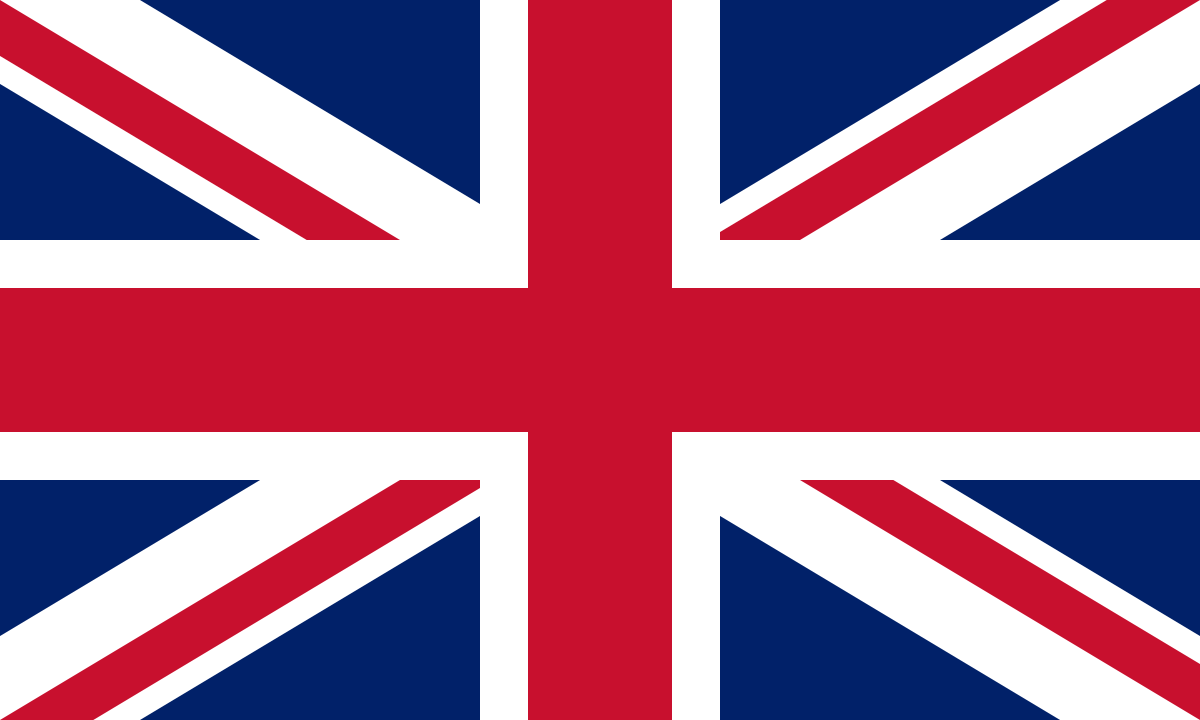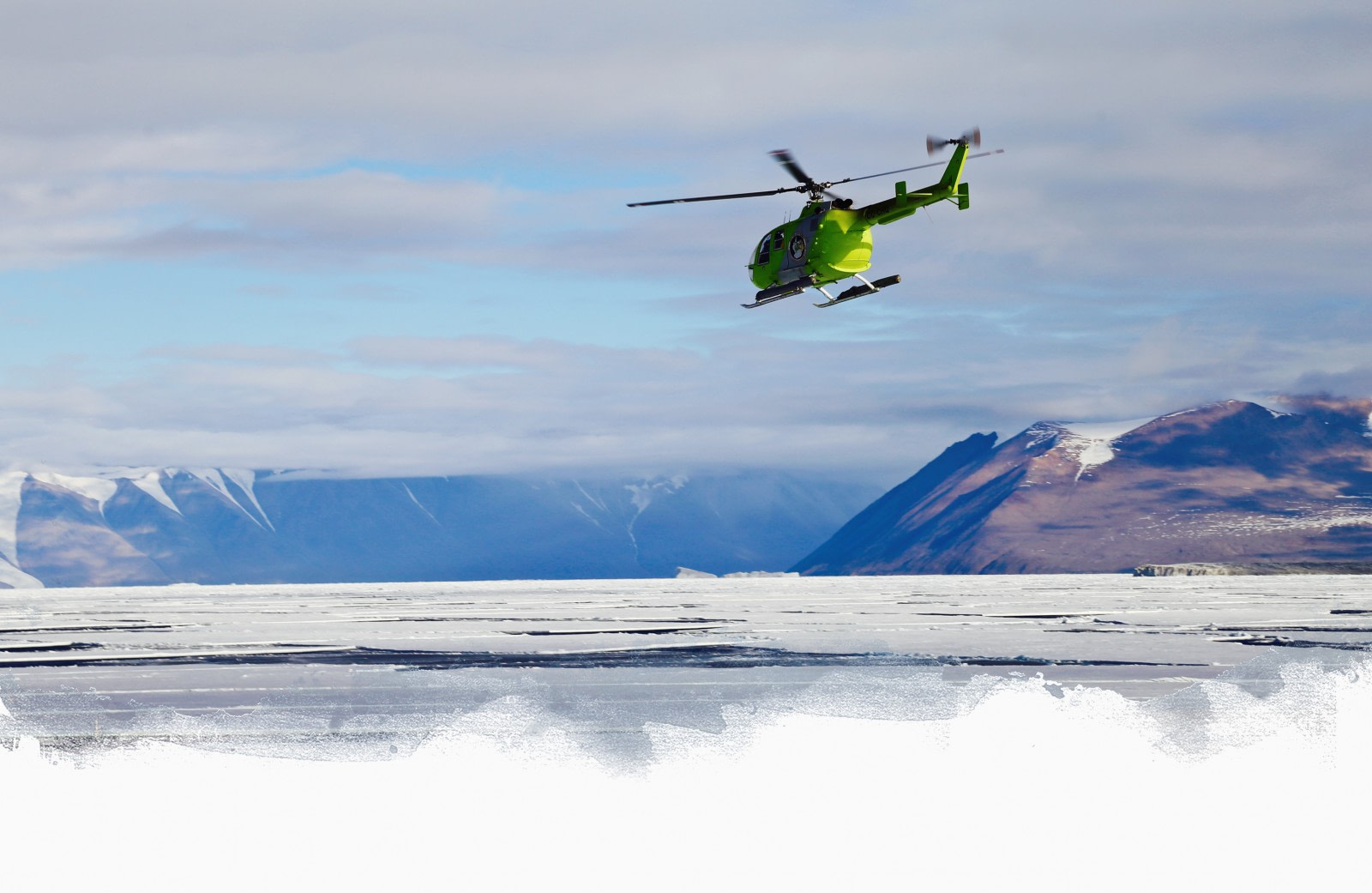Fly to Antarctica's Most Remote Sites via Helicopter
When sailing isn't possible, flying becomes essential. On select Ortelius voyages, we use helicopters to reach areas inaccessible by vessel, making your polar exploration even more thrilling.
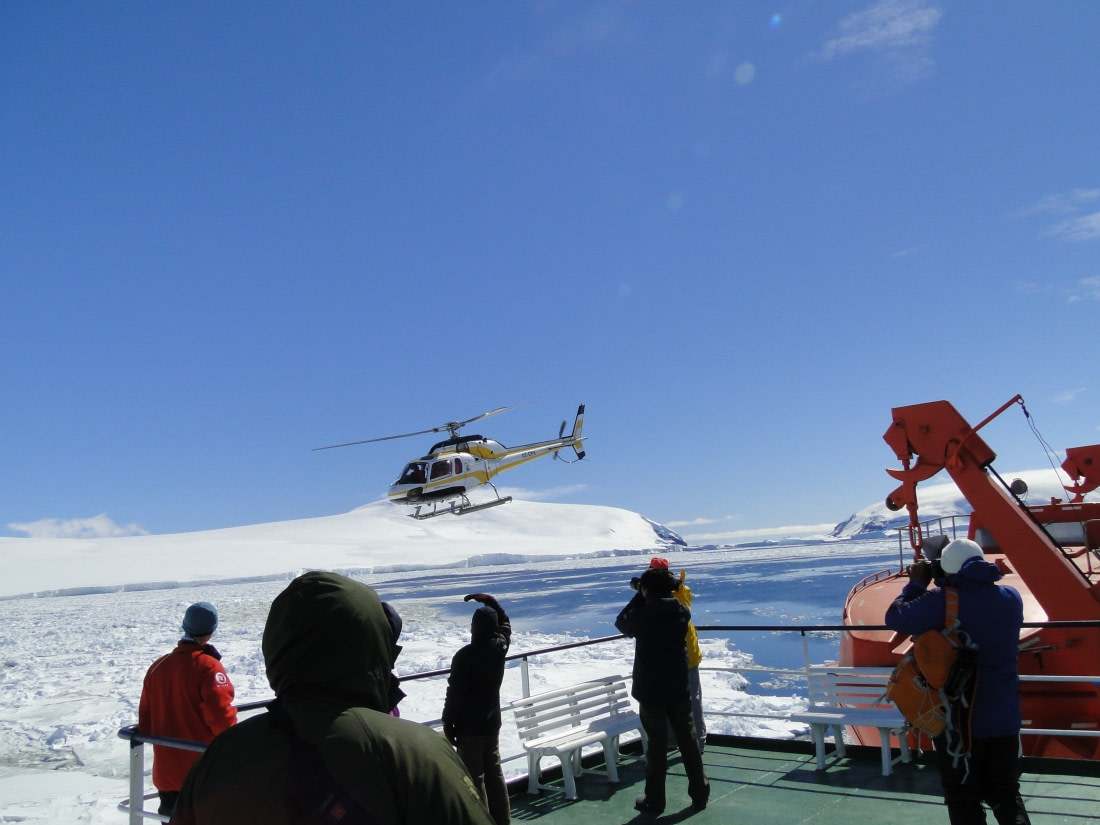
In the Ross Sea, this includes the Ross Ice Shelf and Peter I Island. On Weddell Sea cruises, we aim to visit the emperor penguin colony on Snow Hill Island.
Below is a summary of our helicopter operations. Detailed information will be provided after booking.
Deciding When and Where to Fly
The expedition leader (EL) decides the voyage itinerary, holding regular meetings with the pilots, captain, and deck party officer (DPO) to assess conditions before any helicopter operations.
If conditions are favorable, the EL scouts the area by helicopter to assess the landing site and begin transporting staff and safety equipment. For scenic flights without landings, pilots determine the best flight paths for views.
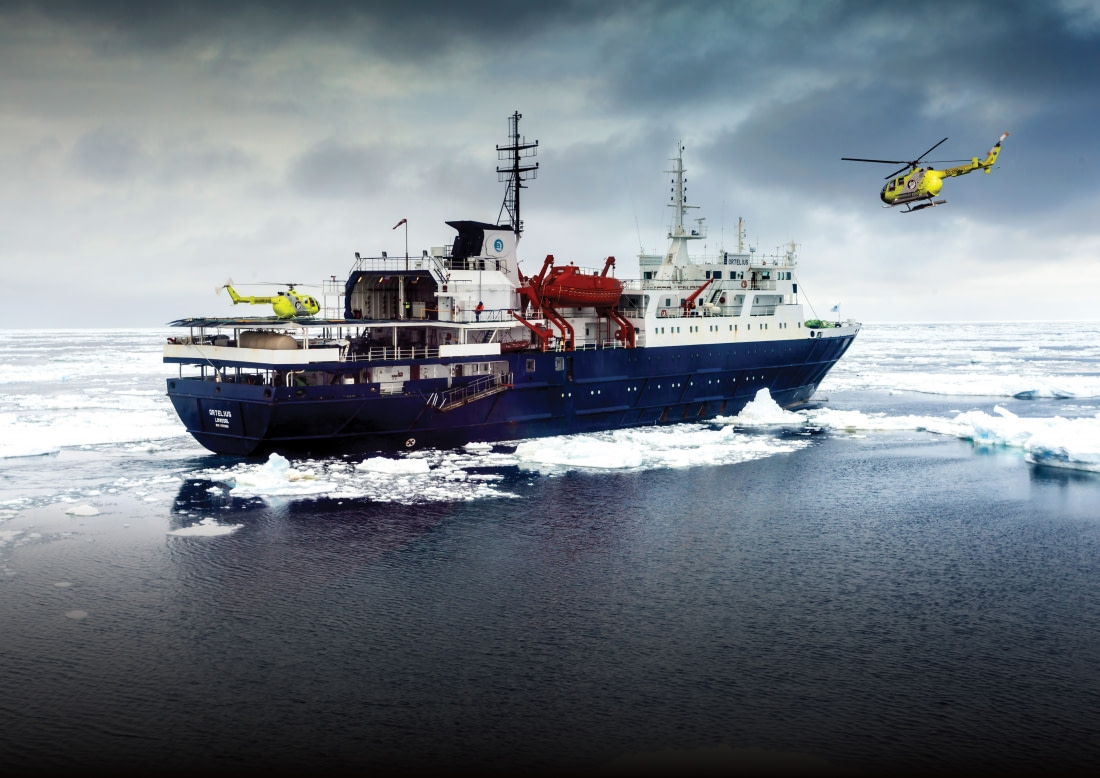
Allocating Flight Groups
Each passenger receives an individually numbered "helicopter card" for flight tracking. Generally, calls are made by cabin number, but the EL rotates the order to ensure fairness.
If you are traveling with someone in a different cabin, notify our staff. The aircrew will seat you based on height/weight or preference, though flying together is not always possible.
Planning and Briefing
All passengers must attend a mandatory safety briefing and sign a waiver. These steps are required for flight. We also practice boarding procedures for safe movement to and from helicopters.
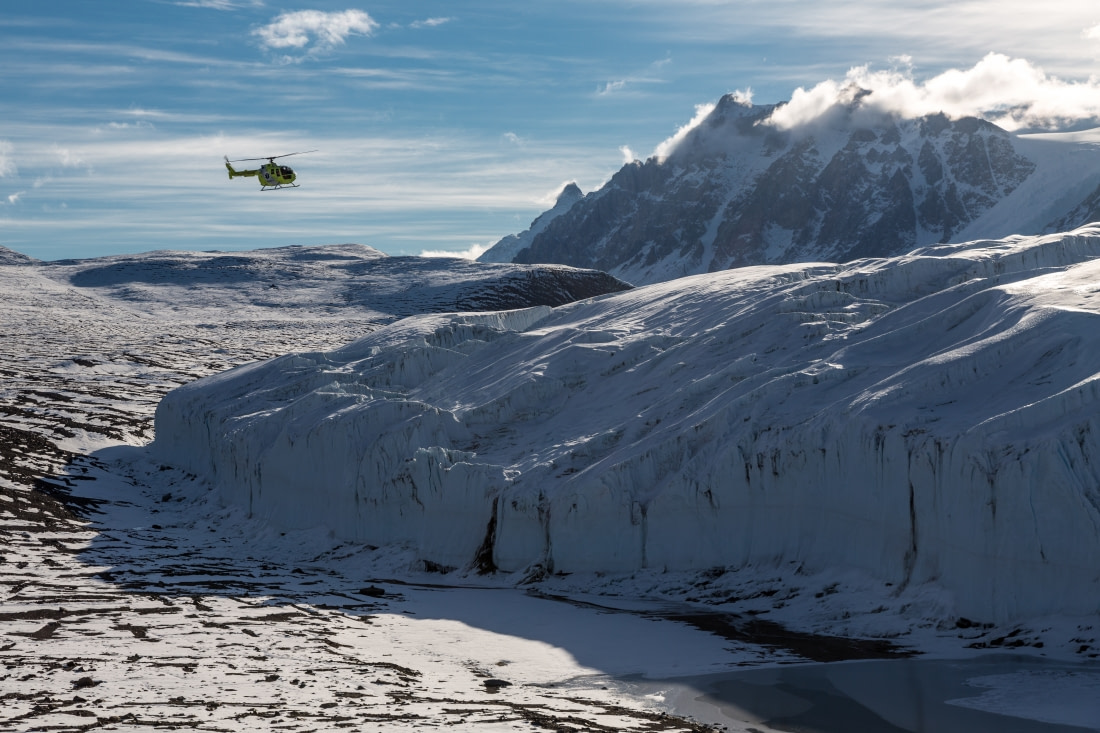
Special Note: Flights Not Guaranteed
The polar regions are known for unpredictable weather, sea, and ice conditions. Helicopter flights occur only when the EL deems conditions safe. No guarantees can be given, and no claims accepted. For more details, please see our general terms and conditions.
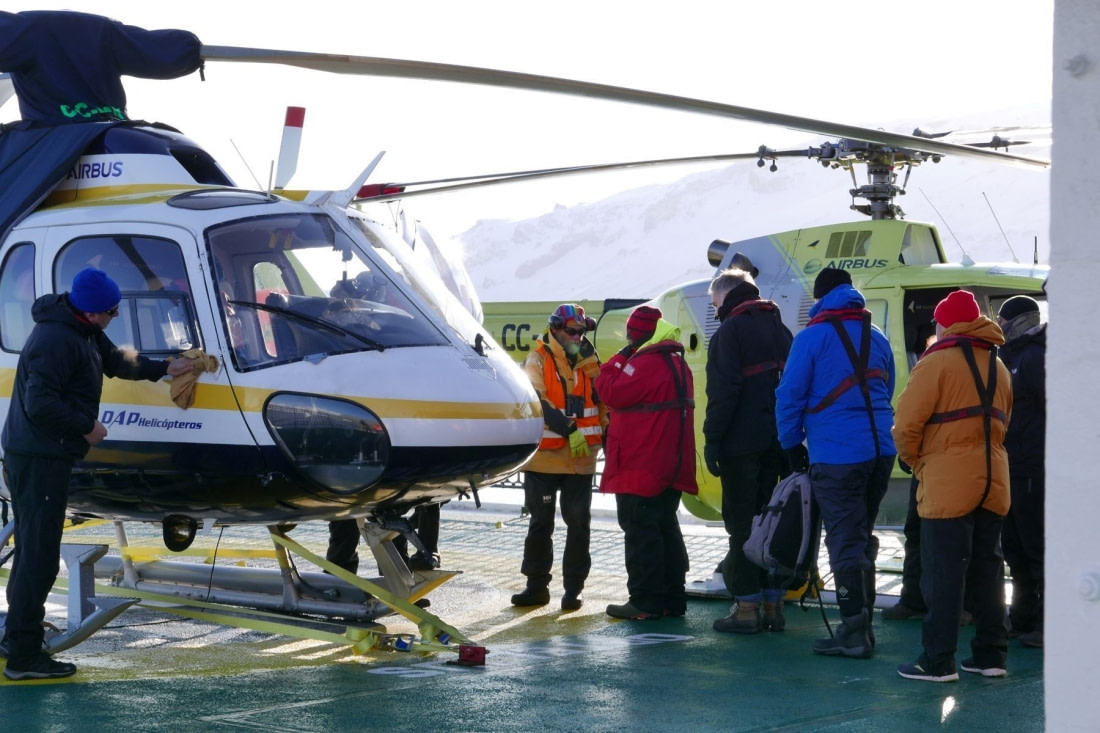
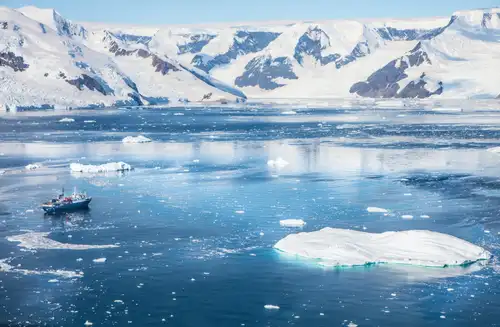
The first race to the South Pole in 50 years
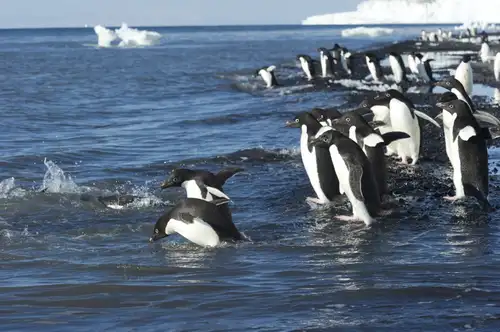
Adélie penguins in the Ross Sea - Antarctica

Antarctica’s first Marine Protected Area
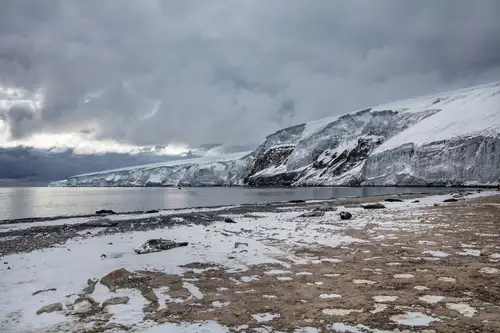
An igneous paradise: Franklin Island

The First Overwintering Hut in Antarctica
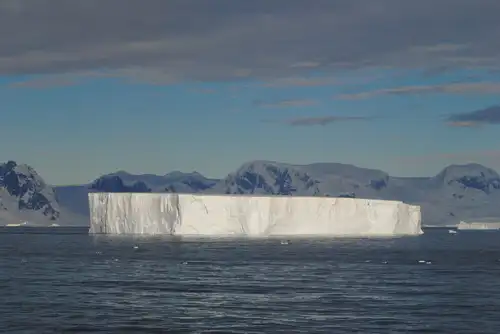
What the ice reveals about Antarctica
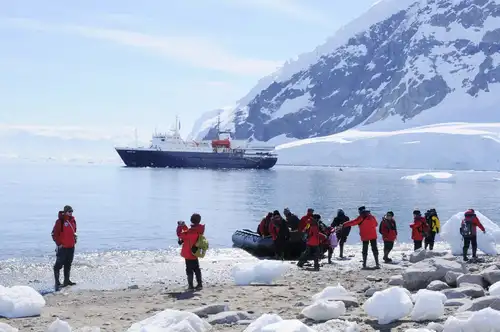
The Seven Best Things to Do in Antarctica
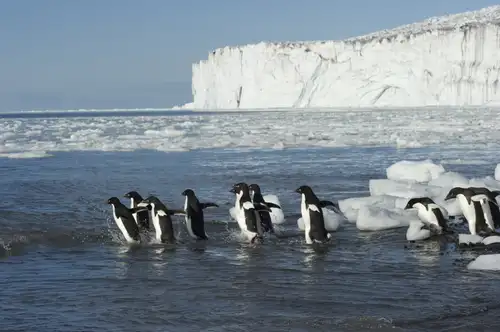
The bio-richness of the Ross Sea
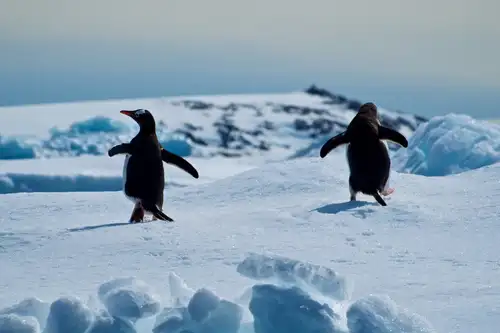
Eight Ultimate Antarctica Adventures
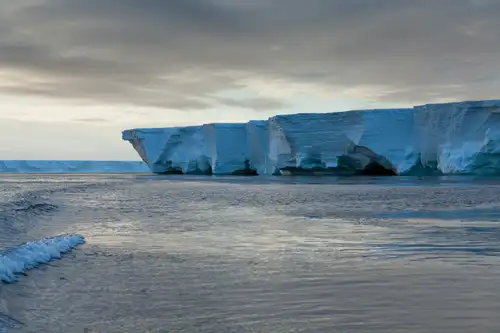
Science of the Ross Ice Shelf
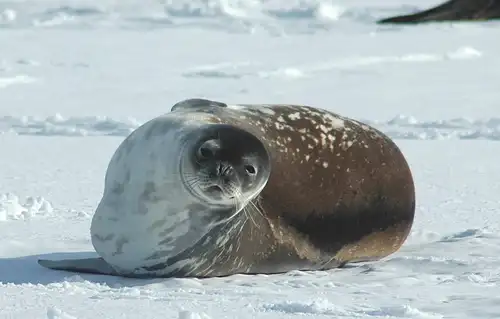
Weddell seals: The data collectors scientists of Antarctica
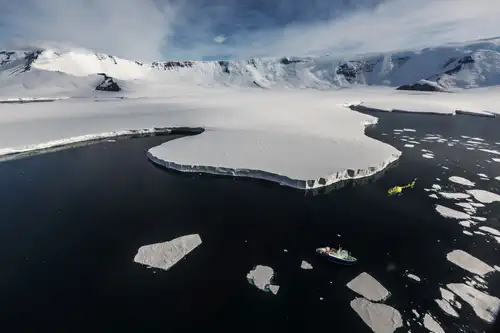
Taking a polar expedition cruise delivers no shortage of show-stopping highlights, but one of the most exhilarating is lifting off from the ship in a helicopter and taking flight over the incomparable Antarctic wilderness.
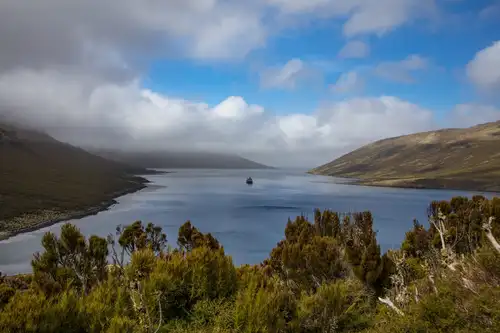
Visiting the Nearly Unknown: New Zealand’s Campbell Island
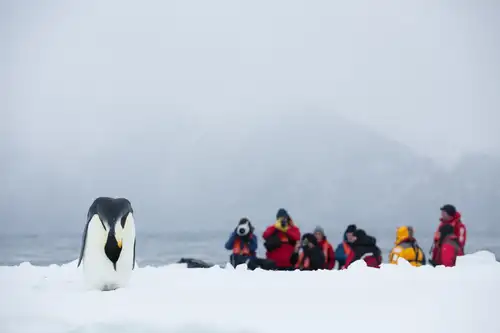
Five Reasons You Should Cruise the Ross Sea Immediately
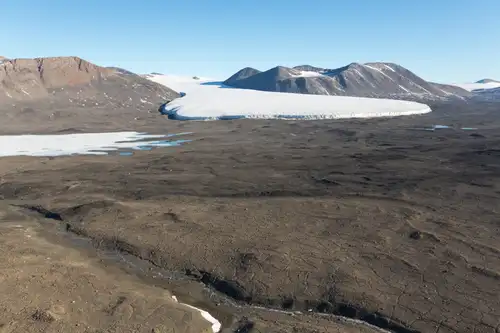
The Dirty Details of Antarctica's Dry Valleys
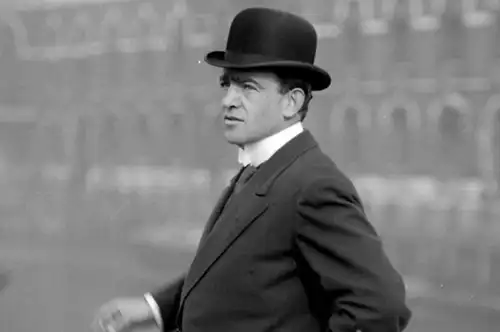
Shackleton’s Push to the South Pole
